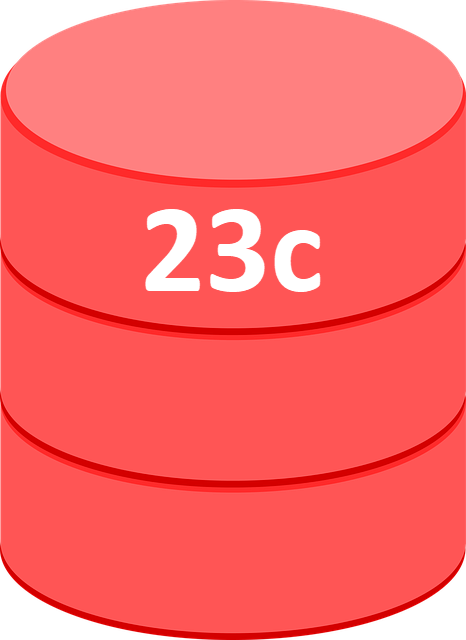
Oracle Cloud World is happening, which typically means lots of announcements. One of the welcome announcement was the release of Oracle 23c on OCI Oracle Base Database Service, so there is a production version generally available… Sort of… Why do I say “sort of”?
OCI Oracle Base Database Service
This is a single cloud service, and it’s not available on the free tier, so it’s only available for paying customers that want to use this particular service.
At the time of writing there is no Autonomous Database service for this version, and there is still no full on-prem release.
I thought it was unavailable in my data centre, but Jeff Smith told me 23c GA is only available for Intel shapes at the moment. Once I switched from the default AMD shape to an Intel shape and 23c release was in the database version list. Happy days.
Oracle Database 23c Free
In addition to the OCI Oracle Base Database Service, the announcement post mentions a new version of Oracle Database 23c Free. It is now a “Developer Release”, not a “Developer Preview”. You can get hold of it here.
The slightly confusing thing is there is no difference in the file name, so my immediate impression was it had not actually been released yet. I downloaded the file and did an installation, and sure enough it was version 23.3. It would have been nice if there was an indication of the update on the page, or a version number in the file name…
For those that previously used Oracle XE, Oracle Database 23c Free is now the natural replacement, so go crazy with it. 🙂
Here’s how you can get started.
- Install documentation here.
- My installation article here.
- My Vagrant build here.
- VirtualBox appliance from Oracle here.
- Docker image from Oracle here.
Documentation
The documentation links we’ve been using for 23c Free are no longer marked as “Free”. It is the normal GA documentation now.
My 23c Articles
You can see all my 23c articles here. There are still some I can’t publish until the on-prem GA release happens…
On-Prem Release
As mentioned previously, there is no full on-prem release for Oracle 23c, so you can’t start planning your upgrades from 19c yet. It’s really good to have an updated version of Oracle Database 23c Free so quickly for home use, but from a work perspective 23c won’t really exist for me until there is an on-prem release.
I’m hoping that won’t be long, but time will tell.
Cheers
Tim…
Update: Someone pointed me to Release Schedule of Current Database Releases (Doc ID 742060.1), which has now been updated to include 23c. It says the on-prem releases for 23c will start appearing during 1H CY2024, which is the first half of 2024.




